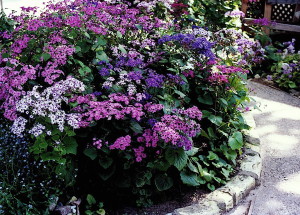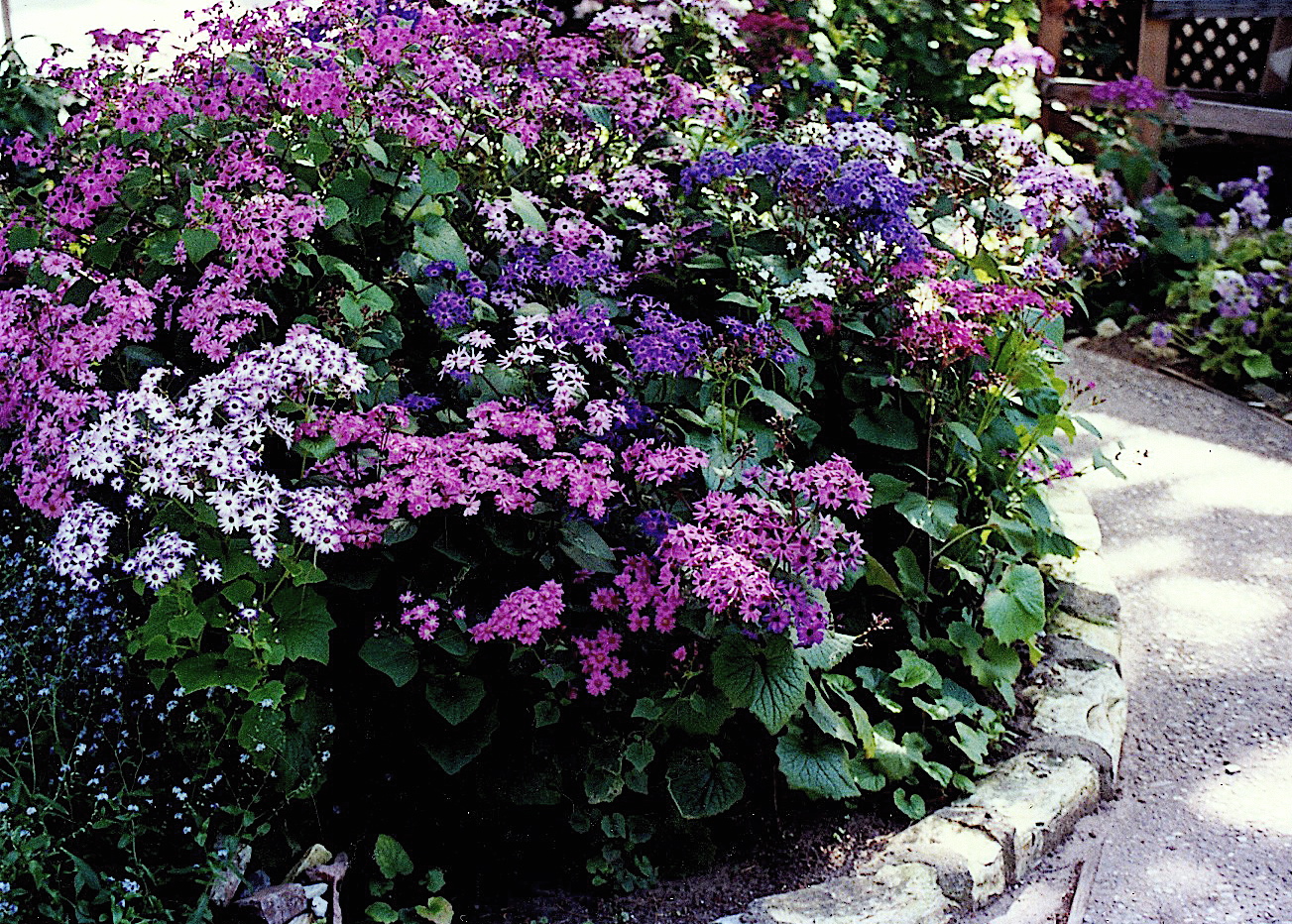When Details Landscape Art installs a new garden and selects plants for the design, we are generally conservative in terms of making sure that the plants are appropriate for the climate and conditions. The climate in Northern California is warm and dry in the summer months, and occasionally wet and cold in the winter, sometimes freezing. So we generally try to steer clear of using frost-tender plants in the garden.
Winters vary quite a bit in our Sonoma County area. Some winters are extremely wet and rainy, others dry as a bone. Similarly, there are winters where we get sub freezing temperatures for a few days, some winters there are a dozen or more freezing temperature nights.We even had snow on the ground one morning a few years ago. Also there are what we call climate pockets – small sub areas, where, for some reason, the climate stays a little warmer than the overall area. If the temperature drops to thirty or thirty one degrees for one night or even two nights, the plants will probably do all right. It’s when the temperature drops into the twenties for multiple nights that these frost tender plants have issues and are likely to get bit.
There are situations, however, where either the homeowner requests certain plant material, or plants are marginally frost tender and the contractor feels that the particular plant is worth taking a chance on. Plants that work well in tropical climates, such as bouganvilla, hibiscus, and tree ferns, are not likely to survive any sub-freezing temperatures. We recommend not using these plants, unless the homeowner is willing to treat them as annuals and replace them each spring.
Then there are those plants that we consider moderately frost-tender. Some that we use on occasion are listed as follows:
- Lantana – there are many colors available. The purple is the hardiest, and even if it gets bit, will usually come back if pruned hard
- Cineraria

- Coleonema ‘Gold Sunset’ (Gold Breath of Heaven) – Very frost tender the first winter, hardier thereafter.
- Tibouchina urvilleana (Princess Flower) – beautiful flower – worth covering and taking a chance on.
- Citrus trees – both lemon and lime – do well in large containers that can be rolled indoors or to a protected spot in winter
- Pennisetum rubrum – may or may not survive or bounce back
These are frost-tender plants that can be protected with an open cloth material- there are several brands available, one of which is ‘Planket’, in the garden department of local home improvement stores. The protective cloth works well in moderate frosts – maybe 27-32 degrees for a night or two. But if the temperature drops much below that for any extended period of time, the plants will not make it. Coleonema ‘Gold Sunset’ is usually tender the first winter it is in the ground, and then becomes hardier in subsequent winters. Many plants that are moderately frost tender may get bitten by the frost, but will bounce back in the spring after cutting back the dead material.
When the garden design calls for a mass planting, we become more conservative, since there is a greater investment in that particular plant. We are more likely to take a chance with one or two specimens of frost-tender plants.

